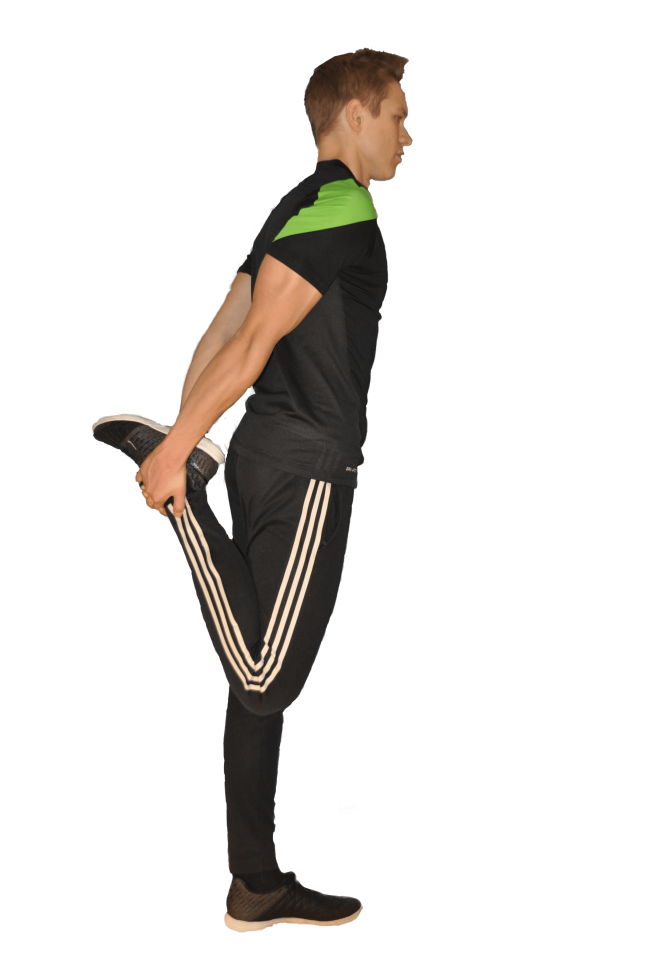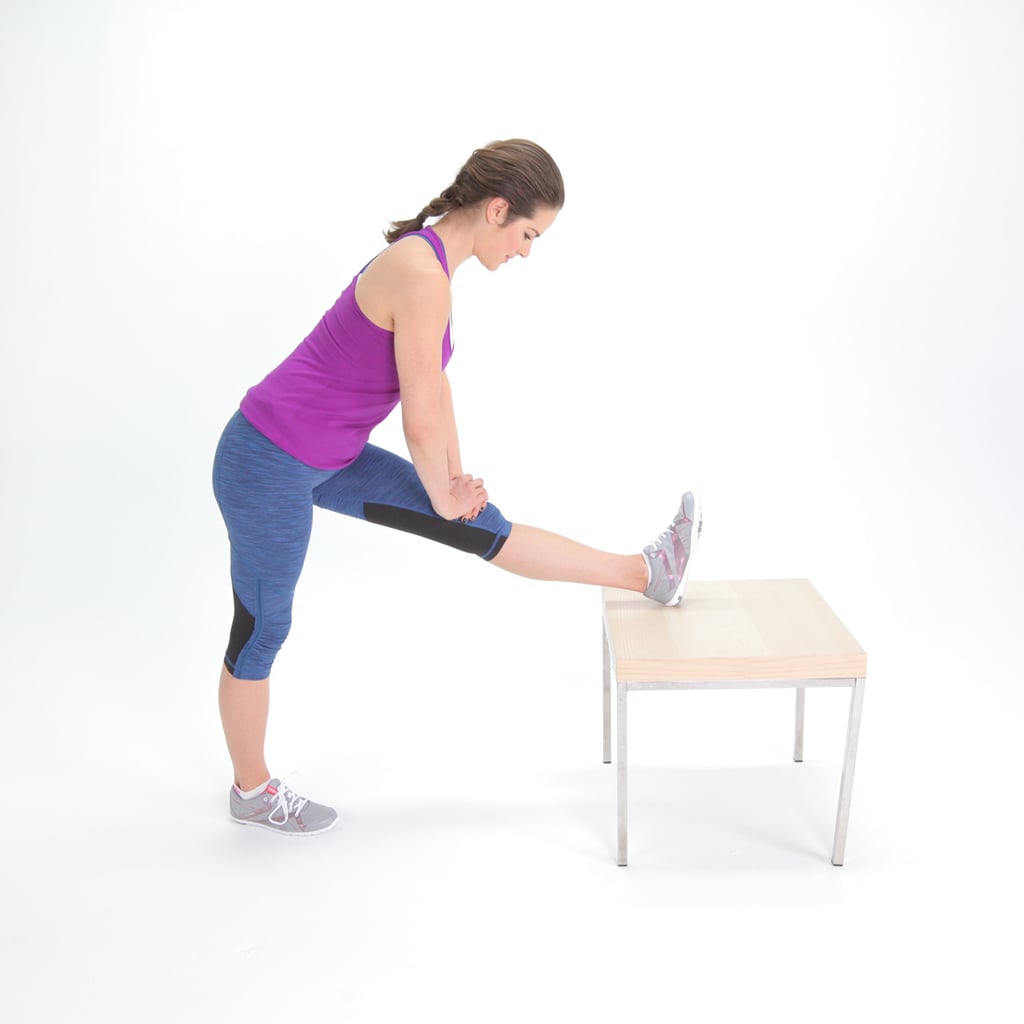Yeah, thanks for stating the obvious. If you've read the entire thread, no one's said it was solely about guns and cuffs, but every bit helps. I'm grateful for a progressive chief that wants to improve our environment and health. If a part of it is equipment, which needs replacing anyway, then I'll take it
Sent from my SM-G965U using Tapatalk





 Reply With Quote
Reply With Quote






